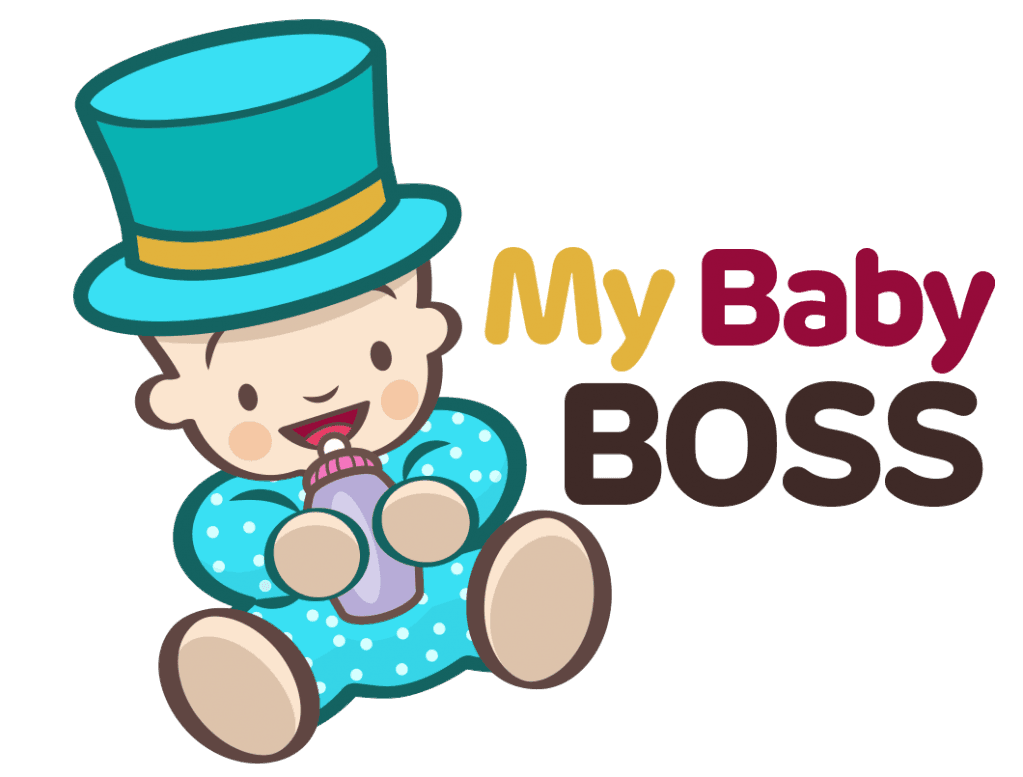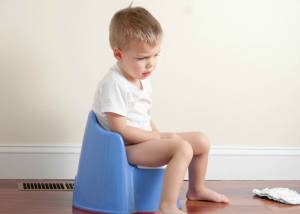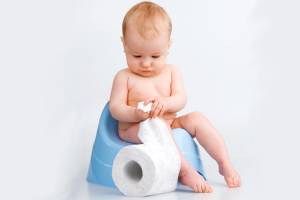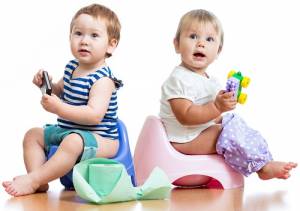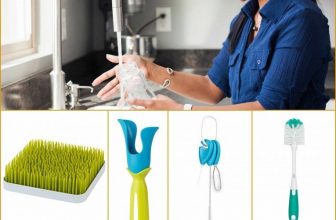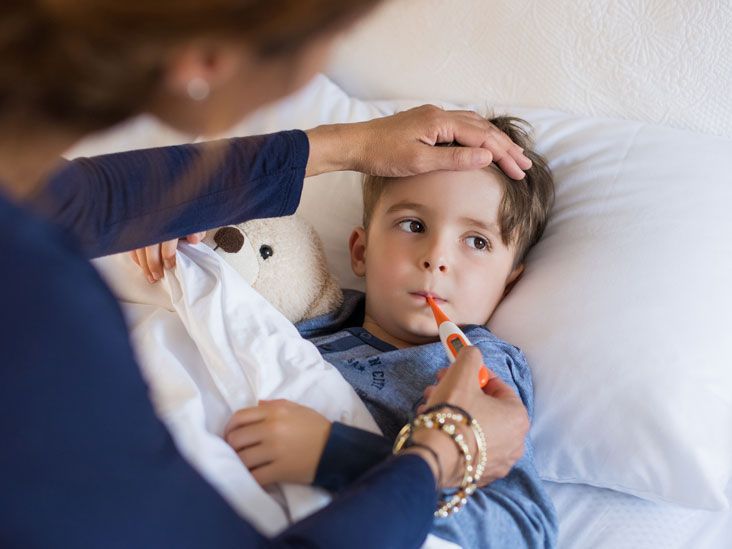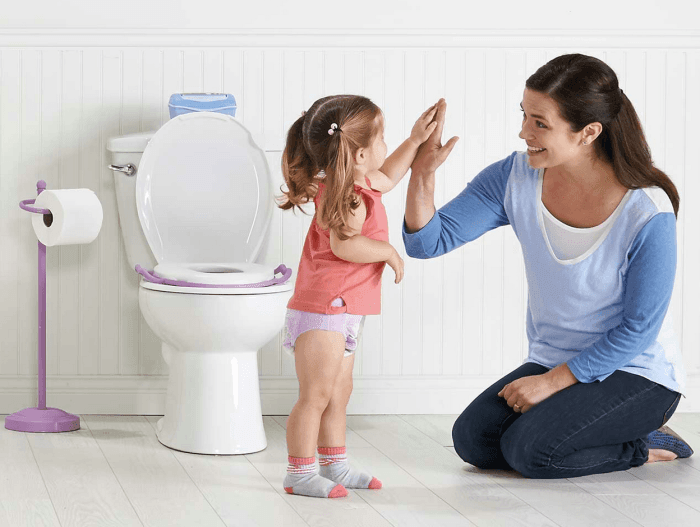
How to get your toddler to poop in the potty? how to potty train a toddler? After well-managing weaning techniques, the next big step for a toddler is to say goodbye with their diapers. Most of the toddlers from 18 months to 3 years old have developed physical and mental skills, so sooner or later he will be ready to use potty themselves. However, if you are ever stuck with questions “when is the right time to introduce your toddler potty training?” or “how to help your young child with the potty mission?”, you may find some tips below helpful.
Baby Care
Amazon promo code: save 30% on Gupamiga potty training seat now!
Signs toddler is ready to potty train
Being too rush to force your toddler with potty training in most cases only brings failure and stress for both of you. In contrast, a late introduce is a waste of time. So how would we know when is the right time? The key point here is to notice signs that show your toddler is ready with potty training. Actually, your child may not exhibit every sign, but to experience from 3 or more ones is clearly considered as readiness:
- He shows interest in potty such as a potty chair, potty-themed books, etc. And he is willing to use potty.
- He can follow direction: to do potty training, you have to guide him step by step from sitting on the potty chair to washing his hands at last. Therefore, that will be much easier if the toddler is cooperative by following your instructions or even few of them.
- He can tell you when he wants to go pee or poop.
- Their diapers are dry for a longer time. It means you can predict when your toddler is going pee or poop and have a preparation for that.
- He feels uncomfortable with dirty diapers. See more our advice on diapers topic.
- He can sit still on the potty chair for a few minutes because the body needs time to progress and to release all the urine from its bladder. With a very jumpy and impatient kid, the advice is to hold off and wait until he can manage this skill.
- He can take off his clothes himself. That’s an important skill your toddler needs to archive in order to use potty independently.
Choose a good time to start
A “good time” hereby includes several things you should look into:
- Potty training in the warmer weather of the year is certainly much more comfortable for both parent and toddler. With fewer clothes, your toddler can undress easily or even be naked and you avoid worrying somehow he could get cold.
- Any big changes or busy time in your family’s or toddler’s life are not an appropriate period to introduce potty. The parent should be available and supportive whenever toddler gets issues with potty training.
Well equipped
Nowadays, there are a bunch of equipment will help you with the potty training mission. However, you may consider some essential tools below
- Training pants: this pant is a kind of underwear but with much more layers of cotton in the bottom. It keeps your toddler from spreading their waste all around the house. However, it still leaves feelings of wet and uncomfortableness, so provoke child’s need of cleaning up.
- Potty chair or kid-size toilet insert:
A potty chair will be helpful at the very first stage of potty training. While toddler still does not get well with a potty, a potty chair is much more familiar with him at the size and joyful way.
You should choose which one that your child could lean slightly forward with his feet on the ground especially while he poops. Another thing also important is that the bottom of the potty chair has to be steady and stick to the floor, so it will not slip when a child stands on.
At the next stage, you can put a kid-sized toilet insert upon your toilet seat. The child will learn how to use the toilet like their parent with help of a stool. This equipment is easy to clean and bring out while your family’s traveling. However, for potty training boys, the parent should pay attention to choose the one without a urine guard, because there are many chances it will bump into toddler’s penis.
Be a model
A child likes to copy adult, especially their parents. So show your toddler the way yourself handle it. Explain to him step by step what are you doing and how are you doing that. Answer his questions without any hesitance. Therefore, the toddler will clearly see what he should do with the potty.
In addition, the parent takes an important role in guiding toddler of wiping in the right direction. There is a difference in wiping instruction between potty training boys and girl. For a girl, it’s a must-do to teach her to wipe from the back to front, so bacteria are not able to reach her vagina.
How often should a toddler poop? Make a routine!
Put the potty chair at a regular place in the house
Put the potty chair at a regular place in the house. Send your toddler to potty chair or toilet whenever he shows the need of going for a piss or poop.
You’d better make him a plan, so his body will install natural reflex. It is recommended to have your child sit on the potty chair after meals; his body tends to have a bowel movement after eating.
Regarding the question of frequency, normally a toddler poops once or twice per day. However, the consistency counts much more than the frequency. The most important thing, I would say, is the quality of the output: you do not want for sure to see your littler getting constipation or diarrhea.
Praise triumph
While your toddler makes progress, give him a reward. Anyway, the whole potty stuff is totally new and requires a lot of effort of your little child. A stamp, big kid underwear, etc. or even just a compliment shows your acknowledgment and encourages him to try harder.
Editor’s suggestion: tips when toddle spits out medicine.
Take it easy
After all, no matter what how hard you tried and how cooperative your toddler is, setbacks and accidents are unavoidable. Don’t punish your toddler for having an accident. If your child is not comfortable with potty training, take a break and wait until he’s ready.
In brief, there is no common formula for every child. Somehow they will nail it while they are ready in both physical and mental aspects. So don’t be upset about the progress. The best thing you can do for them is accompanying and sharing memories together, isn’t it?
